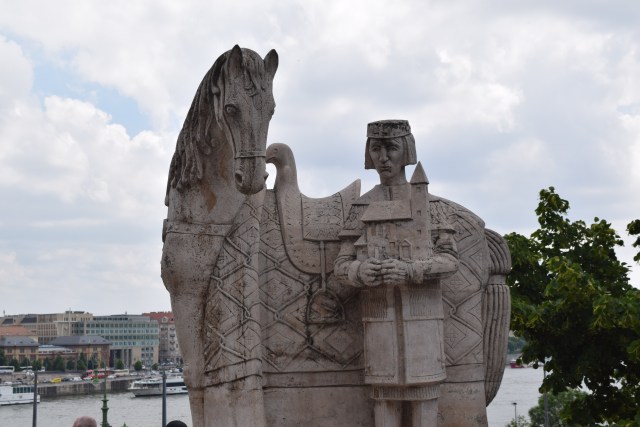There are several museums in Budapest that are worth visiting and the Hungarian National Museum located near the Inner City district is certainly one of them. With three floors of exhibits, the museum focuses on the history of Hungary, which includes many different interesting periods of time. For many reasons, Hungarians are both proud of their history as well as embarrassed by certain aspects of it as well. The building, with its murals and decorative dome, is as impressive as the exhibits that it houses.





We visited the museum on a rainy afternoon, making it a perfect way to get out of the rain while enjoying a trip through time as we walked through each of the floors. Hungary has a rich history and was one of the most powerful and influential countries in all of Europe for many centuries. The museum embraces that history with many displays of the royal families, battles, invasions, and more. There are a variety of paintings, statues, as well as historical garments and furniture located throughout the Hungarian National Museum.





We talked to several local Hungarians during our time in Budapest and their commentary regarding the history of the 20th century were all pretty much the same. It was a time of poor choices and a period of decline and occupation until the late 1900’s when the country regained its independence. The museum does not shy away from that part of its history, but instead has displays depicting each phase of that era. It starts Hungary’s involvement in WWI, which resulted in the country being divided into small Nation-States that left Hungary itself a much smaller country than its previous size. Then in WWII, Hungary once again sides with Germany in attempt to regain its former glory, only to end up being occupied by Germany towards the end of the war. Even the liberation of Hungary by the Soviet Union turned into another occupation and a dark period in the country’s history.





Eventually the country regained its independence and is now once again a proud country, albeit still much smaller than it was during the previous centuries. The Hungarian National Museum is definitely quite interesting and worth at least a couple of hours to see.








































